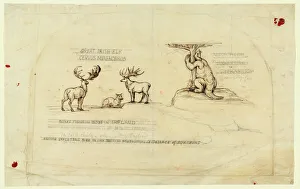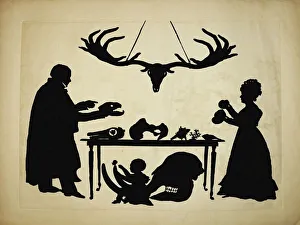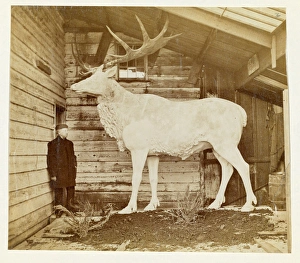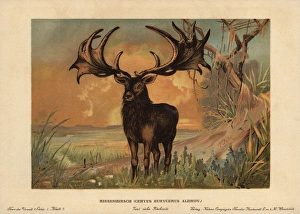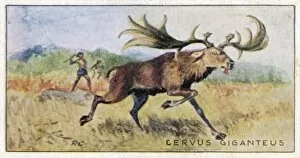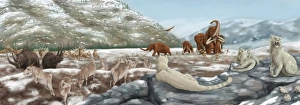Megaloceros Collection
The majestic Megaloceros, also known as the Irish Elk or Giant Deer, roamed the Earth during the Pleistocene Period
All Professionally Made to Order for Quick Shipping
The majestic Megaloceros, also known as the Irish Elk or Giant Deer, roamed the Earth during the Pleistocene Period. This magnificent creature, now extinct, was a sight to behold with its enormous antlers that spanned up to 12 feet in width. The stag's call echoed through ancient forests, leaving an indelible mark on prehistoric landscapes. In 1829, William and Frank Buckland captured the essence of this extraordinary animal in a silhouette that showcased its grandeur. Benjamin Waterhouse Hawkins further immortalized the Great Irish Elk by creating a giant model that allowed people to marvel at its sheer size and beauty. Today, all we have left are remnants of this once thriving species - skeletons that serve as haunting reminders of their existence. The Megaloceros giganteus was not just any deer; it was a symbol of strength and grace. Reconstructions from c1880 give us glimpses into what life must have been like when these giants walked among us. Their presence undoubtedly shaped ecosystems and left an everlasting impact on our planet's history. As we reflect upon the Irish Elk's legacy, let us remember them as more than just animals lost to time. They were guardians of nature's wonders and ambassadors for a world long gone but never forgotten.


